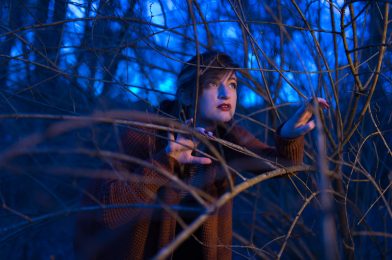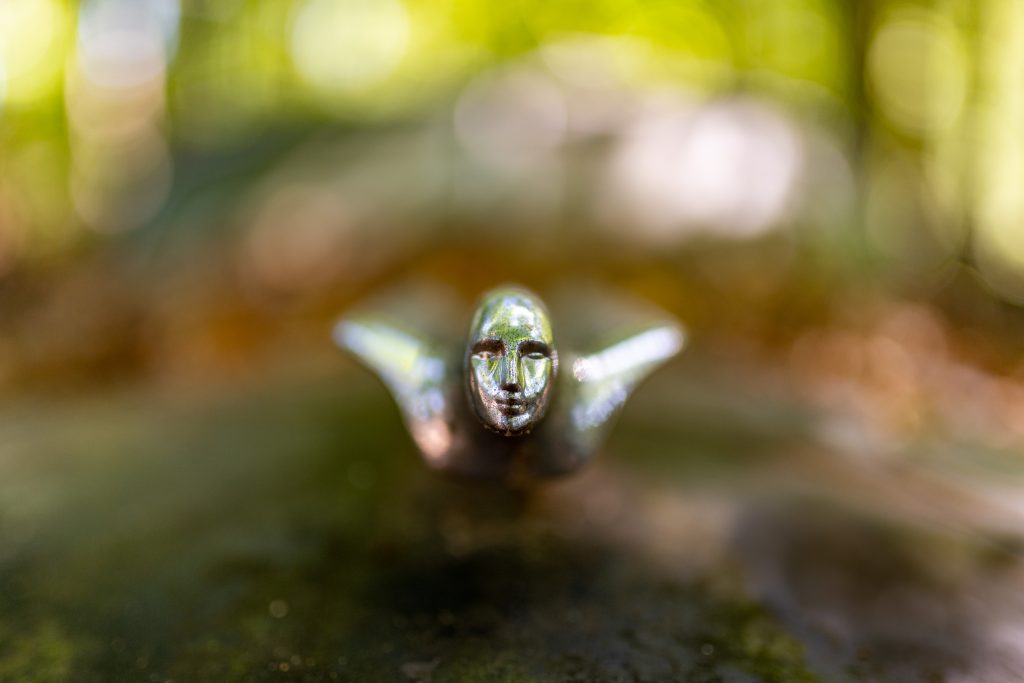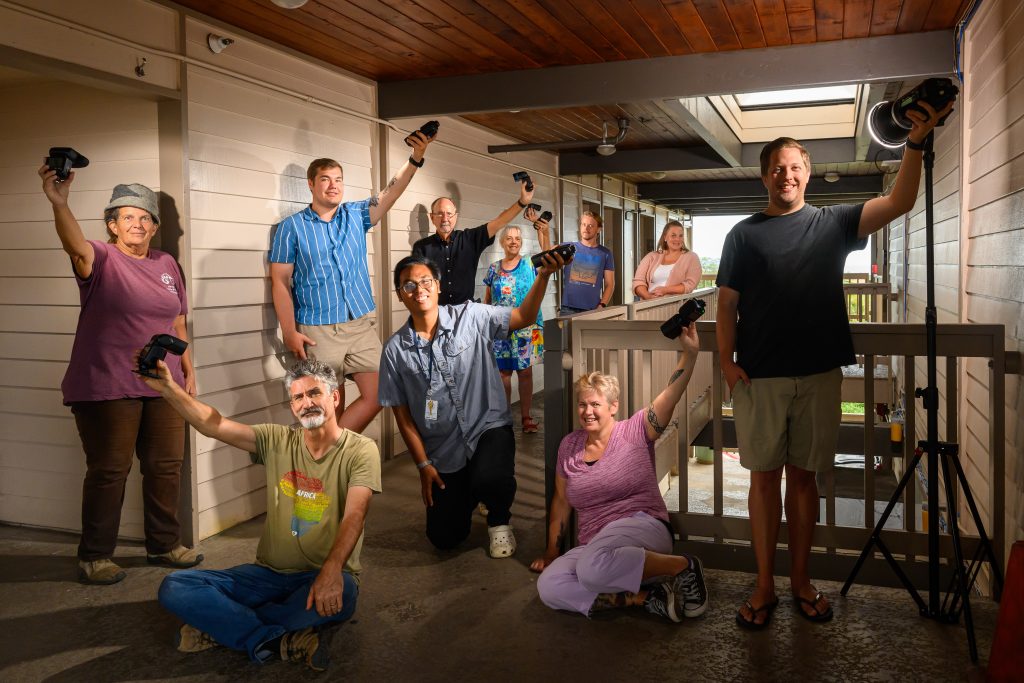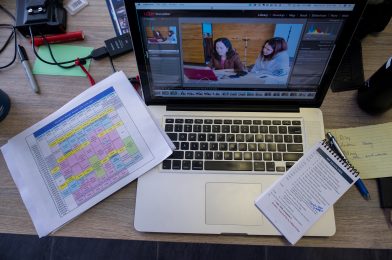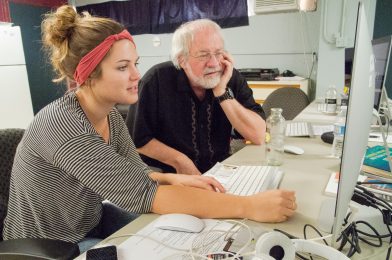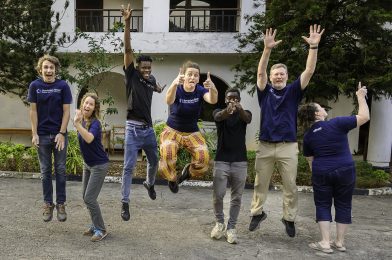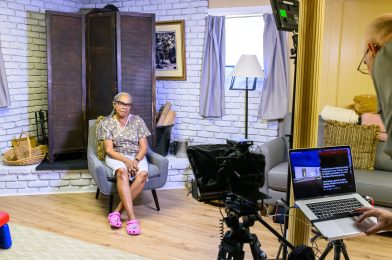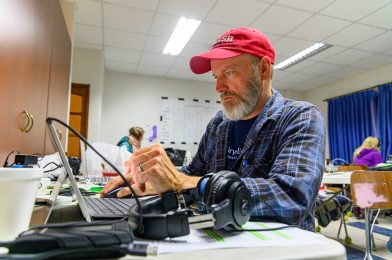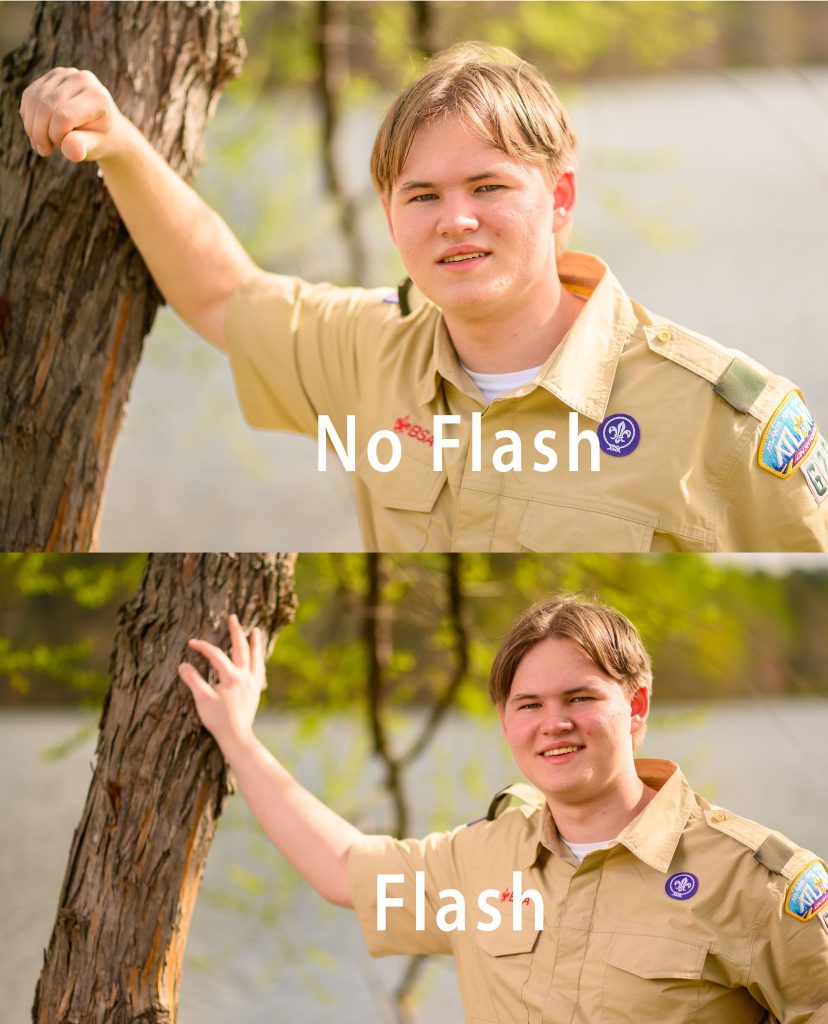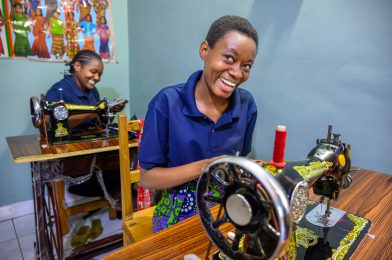Caption: Pastor Anani Martouka stands in front of the thriving ABWE church plant he leads in Kpegelonou, Togo. In addition to pastoring, he teaches at the Bible Institute, equipping future pastors to help transform communities across Togo.
One of the questions I get most often from clients and students alike is this: “How do you capture authentic moments in a photo?”
The short answer? You stop chasing perfection and start watching for truth.
Authentic storytelling in photography isn’t about creating perfect images. It’s about capturing honest moments that resonate with the viewer—photos that invite people into the story rather than just showing them what happened. Whether I’m shooting a nonprofit’s work in Africa, a small business in the South, or a faith-based event in a local church, my goal is always the same: to show the humanity behind the mission.
Here are some of the core techniques I use to tell stories with authenticity:
1. Candid Moments Over Posed Perfection
Candid photography is where real life happens. People drop their guard when they’re focused on something other than the camera. That’s when you see connection, emotion, and character.
Tip: Take the time to observe before you start shooting. Blend into the environment. Let your subjects forget you’re there. Patience often leads to the most powerful images.
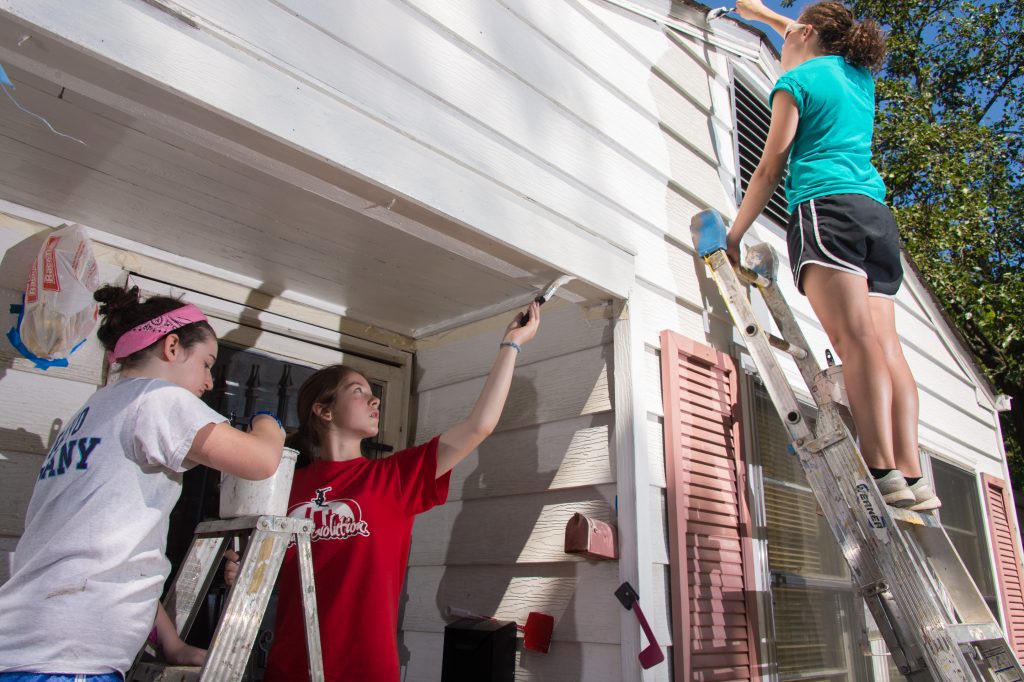
2. Use Environmental Portraits to Show Context
An environmental portrait tells a deeper story because it puts your subject in their world. Instead of just a headshot, you show their life—where they work, worship, or live.
Tip: When photographing someone, don’t just think about their face. Think about the background. What details help us understand who they are? Let the space speak.
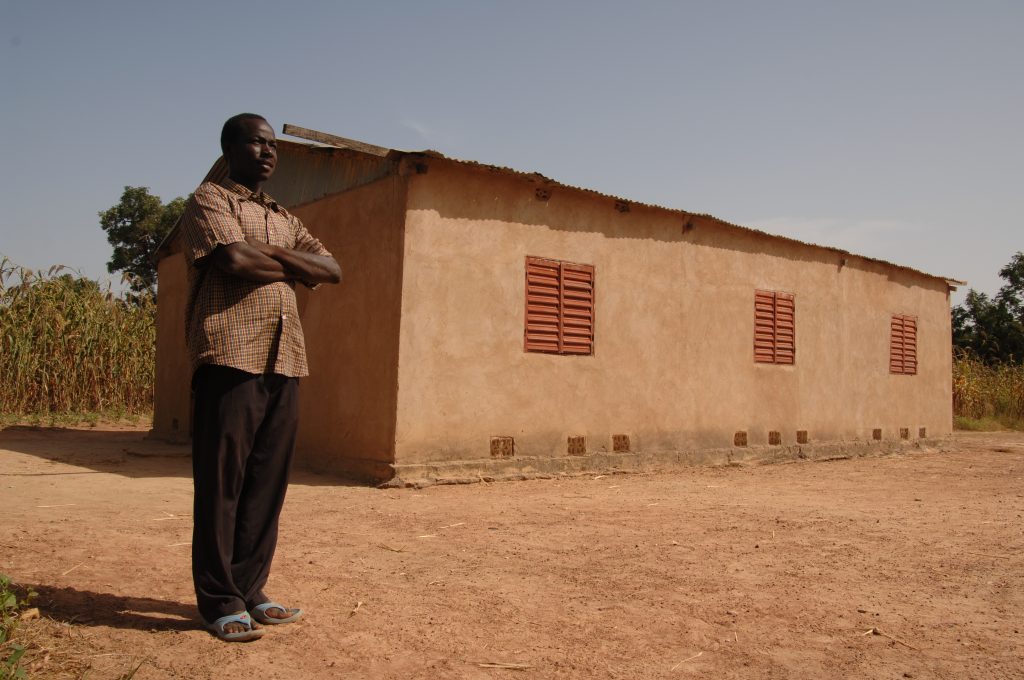
3. Plan a Thematic Series
Sometimes, a single image can’t tell the whole story. That’s where a series of photos, connected by a theme or subject, can bring depth and continuity to your storytelling.
Tip: Think in chapters. Can you tell the beginning, middle, and end of a story in three to five photos? Plan ahead if possible—but leave space for unexpected moments.
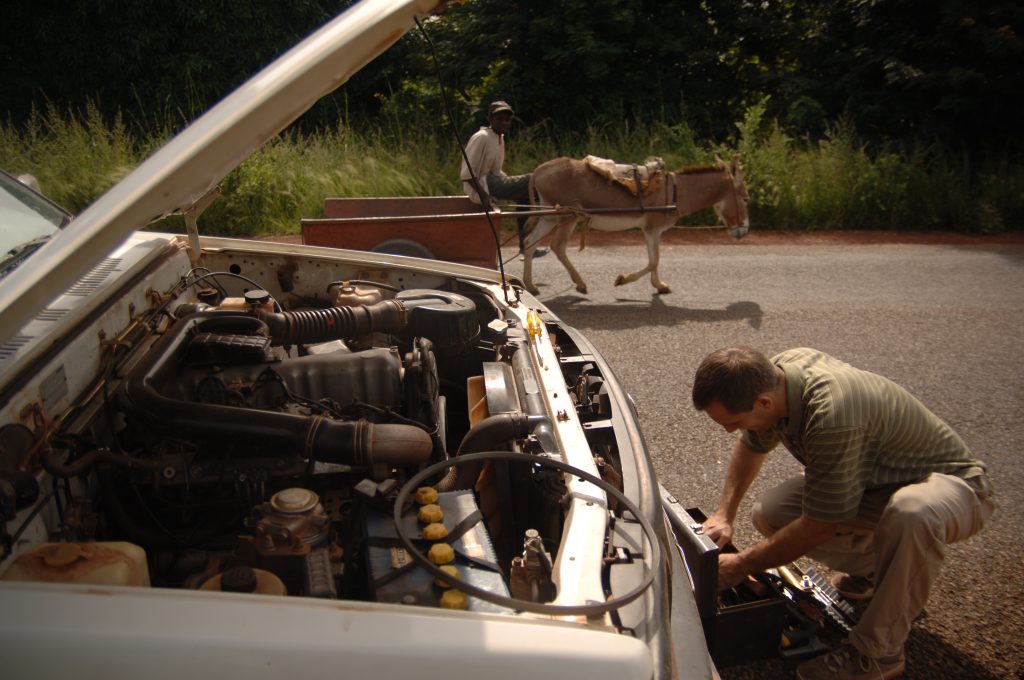
4. Let Light and Composition Support the Emotion
Lighting isn’t just about exposure—it sets the mood. A well-lit face in soft morning light feels different than a shadowed silhouette during sunset. Composition guides the eye and tells the viewer what matters most.
Tip: Ask yourself, “What’s the emotion I’m trying to show?” Then adjust your lighting and framing to support that feeling.
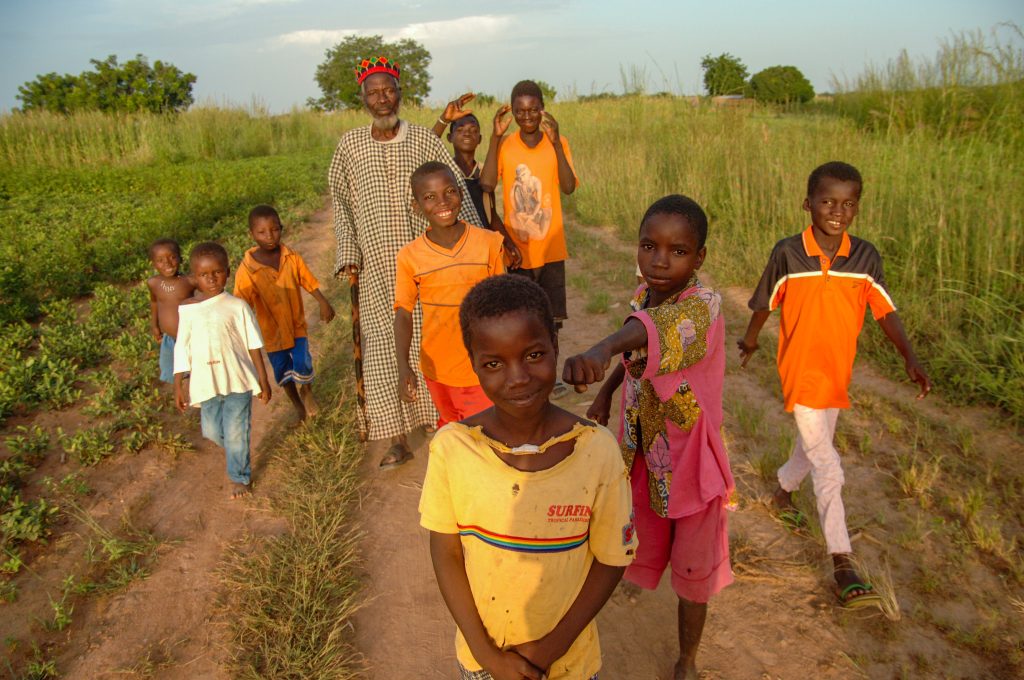
5. Build Trust Before You Click the Shutter
This might be the most important one. You can’t capture authenticity without trust. If your subjects don’t feel safe or respected, their body language will show it.
Tip: Slow down. Talk. Listen. Learn their name. Put the camera down sometimes and just be present.
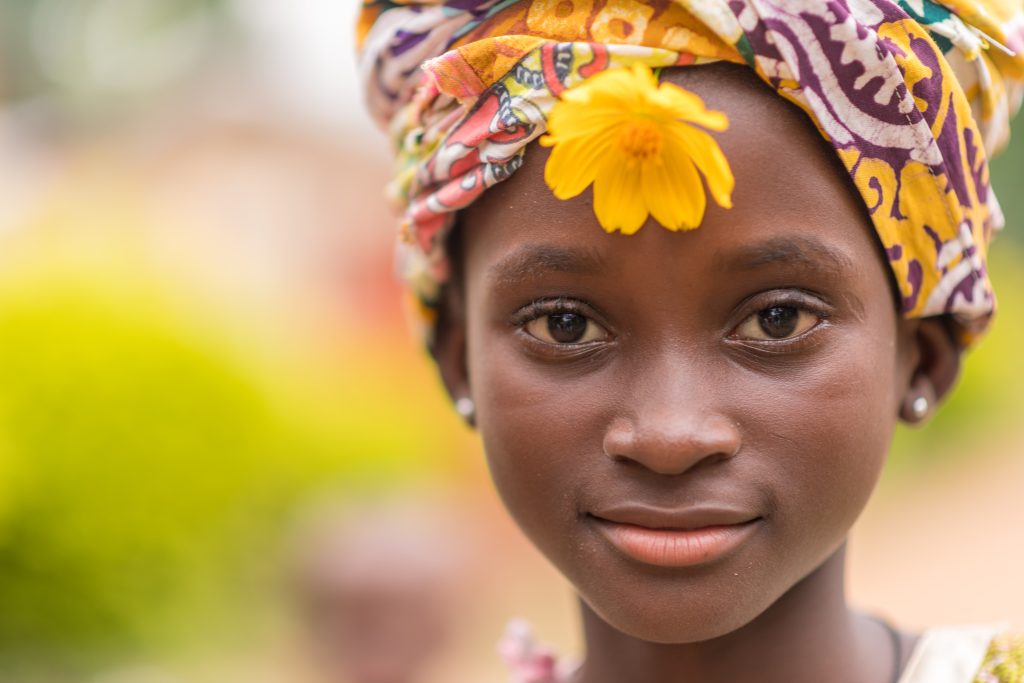
Photo suggestion:
Find moments where it’s obvious the subject feels comfortable—maybe a child holding your hand or someone giving you a genuine smile. Those are the moments trust made possible.
Final Thought
Great storytelling in photography isn’t about technical perfection. It’s about connection. As photographers and visual storytellers, our job is to help people feel something when they see our images. And the more we listen, observe, and stay present, the more authentic those moments will be.
If you’ve got a story to tell—whether for your business, ministry, or nonprofit—I’d love to help you show it with honesty and heart.


